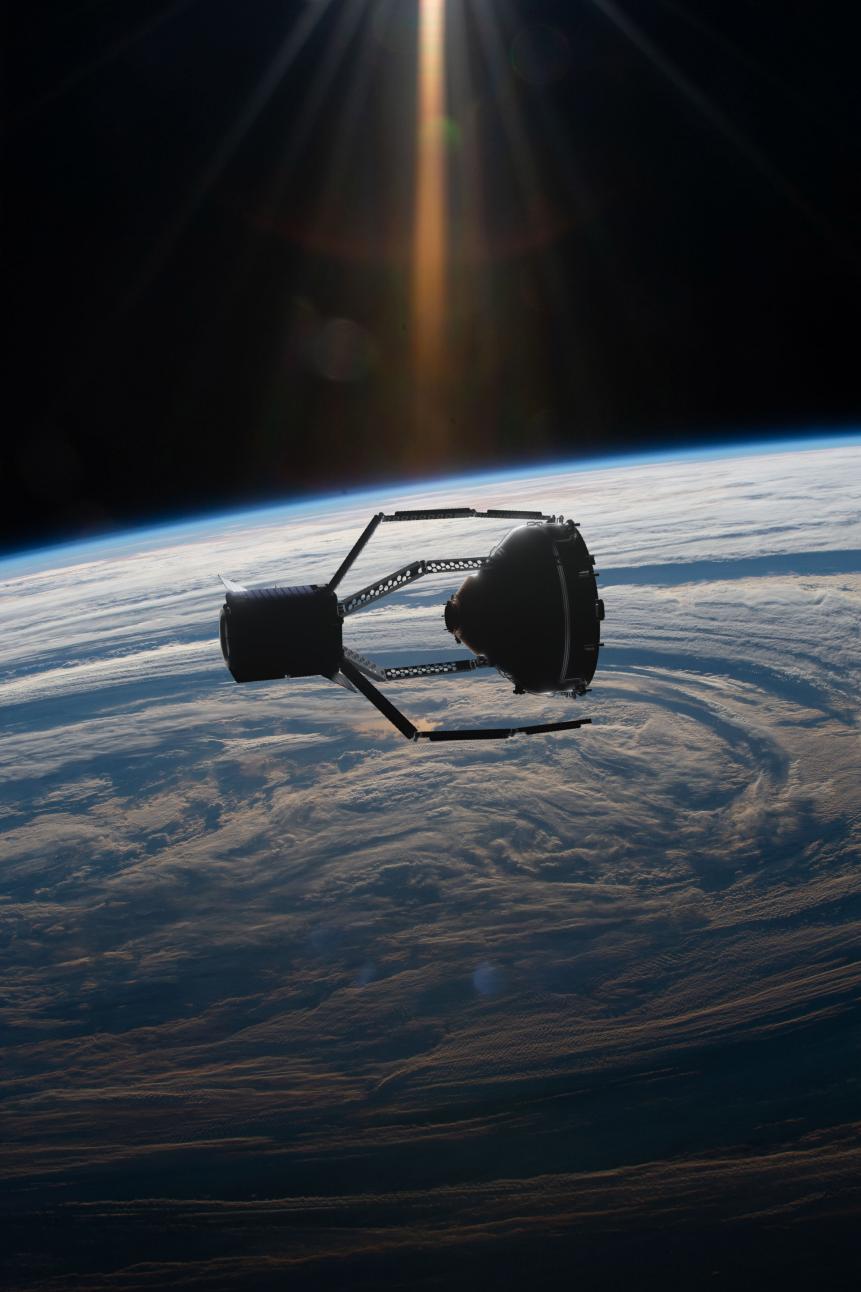The space-junk problem reached an interesting crescendo recently, when various news outlets reported that a mysterious (ooooh, spooky) space object was set to fling by the Earth. The headlines were appropriately clickbaity, but the articles themselves revealed something much more drab. The “mysterious” object turned out to be a leftover rocket part from NASA’s Surveyor 2 mission to the Moon back in 1966.
So What Have We Learned from This?
Well for one, that news outlets will report on just about anything. And two, we really need to clean up the place.
The reason we were able to spot a random rocket part was that we have truly incredibly telescopes nowadays, capable of picking out… well, random rocket parts floating around in space all willy-nilly. It also means that there’s a lot of garbage up there.
It isn’t just rocket parts. Burned-up boosters, debris from collisions, and even screwdrivers populate low-Earth orbit. According to a 2019 survey by the US Space Surveillance Network (I mean, who else is going to do this), there were around 20,000 objects large enough to be tracked in Earth orbit.
But that’s an important caveat: “large enough to be tracked”. Most of the space junk is decidedly not that big, but exceedingly numerous. Rough estimates pin the number of objects smaller than a centimeter at 128 million.
Sure, space is big. Frighteningly large, if you think about it too much. But it’s not that big, and orbits around Earth are precious and getting more crowded with every launch – and that’s with our current population of satellites, ignoring “mega-constellations” of tens of thousands of communication satellites that companies like SpaceX are putting up right now.
Who cares if there’s a random screwdriver floating around 200 miles above the Earth’s surface? Well, what if I told you that the screwdriver was traveling at 17,000 mph? That might just send your worry-meter into the red zone. Those bits of junk can cause serious damage–as in a single screwdriver with a 17,000 mph attitude could pack enough energetic punch to totally wreck the entire International Space Station. You know, the most expensive thing ever made?
128 million ways to ruin your orbital dreams. And don’t think you’re safe on the ground: in 2007, debris from a defunct Russian spy satellite came within five miles of an aircraft carrying 270 passengers.
What can we do about it? For starters, we can stop throwing our junk around everywhere. Space agencies and private companies around the world are developing mitigation strategies to reduce the amount of space pollution they leave behind. But that may not be enough, and researchers and engineers are busy developing a variety of space garbage trucks, capable of either chucking large bits of debris into the atmosphere (where they’ll safely burn up) or somehow clearing them from specific orbits.
This is all theoretical, however. In the meantime… stay safe out there.










